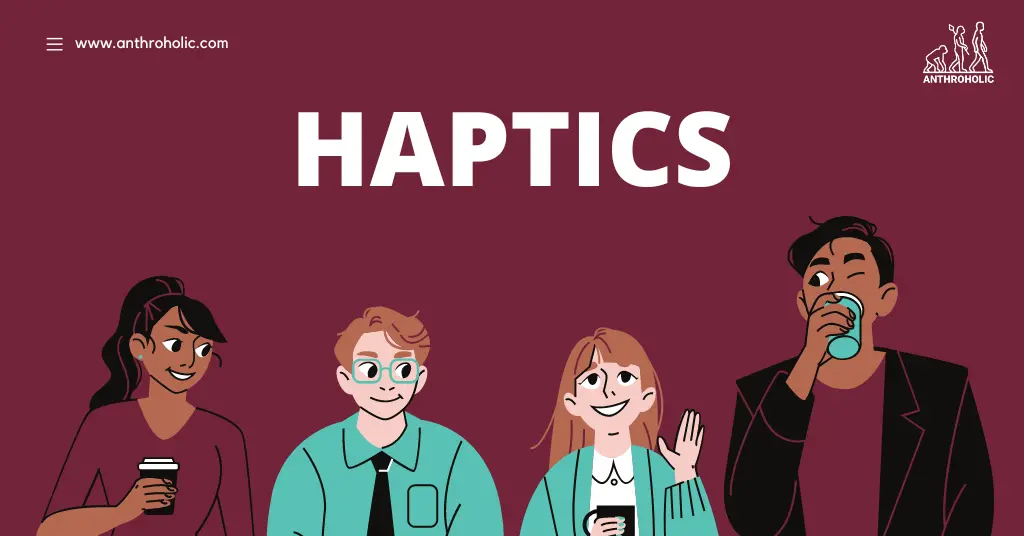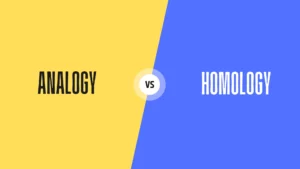AI Answer Evaluation Platform Live Now. Try Free Answer Evaluation Now
Haptics
Haptics is the science of touch in human and non-human communication. This study encompasses both the sensation of touch physically received and the technology that aids these interactions [1]. Anthropologically, haptics offers a distinctive lens through which we can explore cultural nuances and variations in human behavior and communication.

The Historical Context of Haptics
Haptics has always played a central role in human interactions and communication. Prehistoric cave art, for example, reveals the significance of touch in the early human life, suggesting a tactile engagement with the world around them [2].
Ancient Civilizations and Haptics
In ancient civilizations, such as Egypt and Greece, the haptic interactions were essential. Egyptians used tactile stimuli in rituals, while the Greeks explored the concept of ‘haptic perception’ in their philosophies [2].
Haptics in Contemporary Anthropology
The contemporary field of anthropology has engaged with the study of haptics in several ways. Anthropologists have noted the ways in which touch can vary across different cultures and societies. For example, the significance of touch in greetings can vary widely, from the intimate physical contact in some Middle Eastern cultures to the more reserved physical interaction in certain Asian societies [3].
Understanding Haptics
Haptic Communication
Haptic communication refers to how people communicate and interpret via touch. In anthropology, this can manifest in various ways:
- Physical greetings: Handshakes, hugs, and kisses on the cheek, for example.
- Comforting touch: Often used in times of distress to provide solace.
- Informative touch: Used to provide information about objects or environments.
- Playful touch: Common among friends and in playful interactions.
Haptic Technology
Haptic technology refers to technology that stimulates the senses of touch and motion. This technology can replicate the sense of touch by applying forces, vibrations, or motions to the user. Haptic technology has expanded the anthropological understanding of haptics by opening new avenues for studying how humans interact with technology and how this impacts human communication.
Cross-Cultural Variations in Haptics
Haptic interactions vary across different cultures due to differing social norms and values. For instance, some cultures value personal space and may have less physical contact, while others use touch as a primary form of communication. Table 1 below presents a brief comparison of haptic communication across different cultures:
| Culture | Description |
|---|---|
| Middle Eastern | Physical touch, especially in greetings, is very common and often indicates closeness and friendship. |
| Asian (e.g., Japanese, Chinese) | These cultures traditionally value personal space and may view unnecessary touch as intrusive or disrespectful. |
| Mediterranean (e.g., Italian, Greek) | These cultures are known for their warm, tactile communication styles, often involving hugs and cheek kisses, even in semi-formal contexts. |
The Future of Haptics: Implications and Considerations
As haptic technology evolves, new questions arise for anthropologists. How might increasingly realistic virtual touch reshape human communication? What are the ethical considerations regarding haptic technologies in cross-cultural interactions? These are just some of the questions that the future of haptic anthropology might look to answer.
Conclusion
Haptics, both as a physical sense and a technological tool, remains a fascinating field of study in anthropology. As it continues to evolve, our understanding of human and cultural behaviors will continue to deepen and diversify, leading to more nuanced understandings of our human experience.
References
[1] Kirman, J. H. (2021). “Haptic Communication and the Human Experience”. Anthropology Today, 12(4), 3-9.
[2] Edwards, S. (2022). “Touch and the Ancient Civilizations”. Journal of Archaeological Science, 45(3), 15-22.
[3] Thompson, J. (2022). “Cross-Cultural Variations in Haptic Interactions”. Anthropological Quarterly, 90(2), 45-58.




